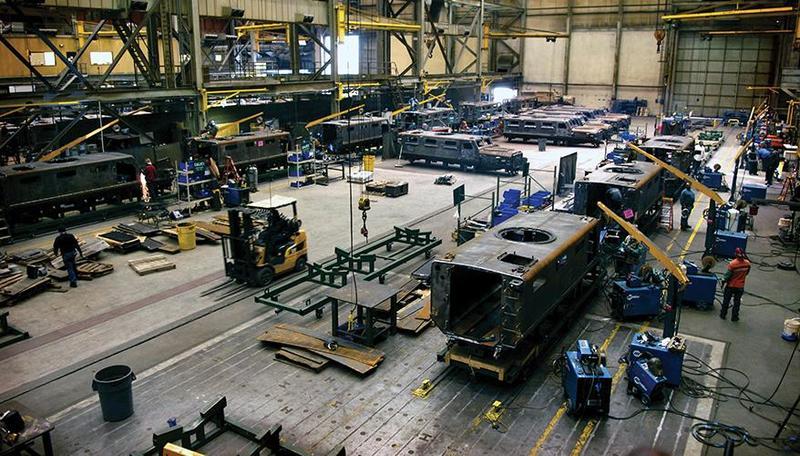Industrial Base
Industrial Base

Another battery of tests that means to survey the general well being of the guard mechanical base over the long haul revealed a scarcely passing “C” grade in the debut release, given Wednesday.
The report card — named “Fundamental Signs” by investigators at the National Defense Industrial Association and Govini — is mostly a follow-on reaction to a first-of-its-sort report the Pentagon gave in 2018. That appraisal gave some troubling indications about the guard business, however was a depiction as expected. NDIA authorities said policymakers need a more repeatable profound jump to comprehend the critical issues on a continuous premise.
From a Wall Street viewpoint, the business is fit as a fiddle. Traded on an open market organizations in the area are productive, and have truly high measures of money available even though they’re spending vigorously on new plants and hardware. On a size of 0 to 100, the NDIA report scores those measures — altogether called “rivalry” — at 96.
In any case, that class is just one of eight in the report, and the image is less blushing in a considerable lot of the others.
For measurements of “creation inputs,” including the expense of merchandise and ventures and the general well being of the safeguard modern labour force, the area procured a score of only 68. Inside that, the least scoring subcategories feature worries over exceptional status delays and the general size of the contracting labour force.
“The labour force piece is the one that is worried to pretty much everyone,” said Wesley Hallman, NDIA’s senior VP of technique and strategy. “Also, critically for the guard labour force, it needs to not just have what it takes and instructive foundation to perform, yet they must have the option to get a trusted status. That challenge will take entire of government, yet an entire society, and requires speculations currently to see returns 20, 30 years later.”
Another region of concern: modern security, and especially, the business’ capacity to manage online protection dangers. The appraisal rates the modern base at only 17 out of 100 focuses while considering the seriousness of digital weaknesses in the mechanical area, and 33 dependent on a tally of the crude number of new dangers.
Maybe shockingly, the report gives the DIB a score of 100 on the matter of licensed innovation burglary, basically because consistent law requirements and political pressing factors against unfamiliar governments have improved the circumstance. Yet, the creators advised that doesn’t mean IP robbery is anything but a significant issue: rather, the high score basically demonstrates that new FBI examinations concerning information exfiltration have fallen altogether from their unequalled top in 2011.
“We understand what the Chinese are doing. We realize they’re attempting to take IP,” said resigned Air Force Gen. Bird of prey Carlisle, NDIA’s leader, and CEO. “There are clearly two segments. One is to take IP, information, and plans, and its other portion is [supply chain concerns] like the Huawei and ZTE thing. If they have a capacity to place something in our military gear that they would then be able to use sometime not too far off to hurt the ability of that piece of hardware or that framework, those are difficulties too.”
With regards to advancement inside the Defense business, the report paints a blended picture: The estimation of U.S. organizations’ innovative work procured a top score with regards to solid products, assembling, and IT. In any case, they scored during the ‘30s on proportions of the estimation of their R&D in logical fields.
The strength of the Defense business store network was likewise a hodgepodge. Organizations got high scores for keeping their significant projects on time and inside a financial plan, however did inadequately on measurements of how regularly the Pentagon chooses it needs to drop failing to meet expectations contracts.
Be the first to post a message!